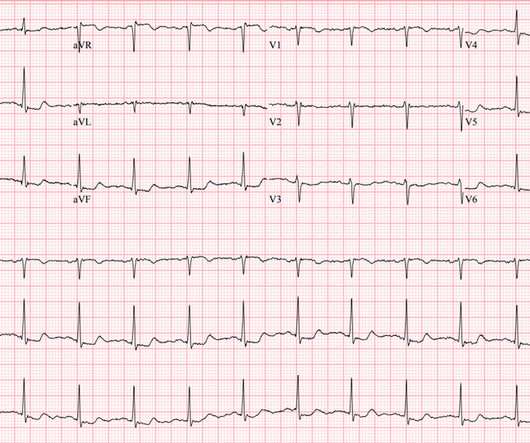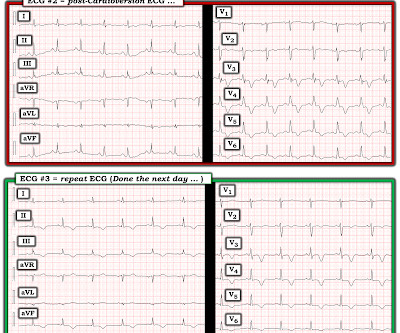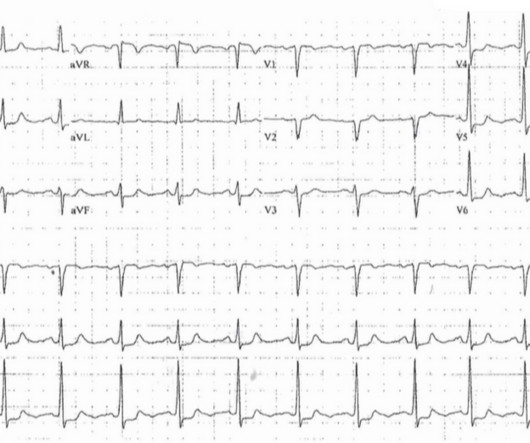Is all this "ST Depression" due to ischemia?
Dr. Smith's ECG Blog
MAY 30, 2024
Will you accept this patient for emergent coronary angiogram based on the ECG changes? ischemia) or it can be secondary to abnormal depolarization (e.g Discussion: The ECG in today's case does not have typical ST depression vector of diffuse subendocardial ischemia. How would you interpret the ST changes seen in this ECG?













Let's personalize your content